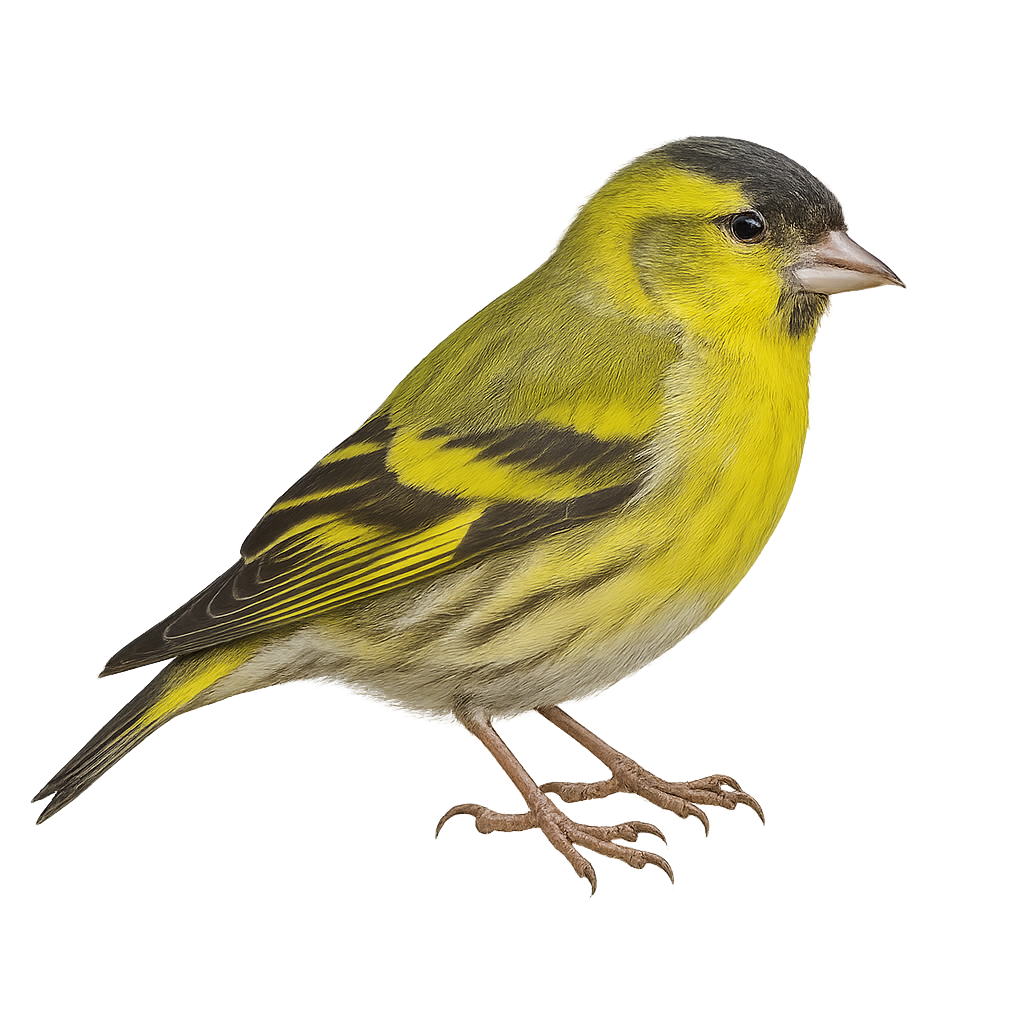Your wildlife photography guide.
Explore the eurasian siskin in detail, study its behavior, prepare your shots.
Where to observe and photograph the eurasian siskin in the wild
Learn where and when to spot the eurasian siskin in the wild, how to identify the species based on distinctive features, and what natural environments it inhabits. The WildlifePhotographer app offers tailored photography tips that reflect the eurasian siskin’s behavior, helping you capture better wildlife images. Explore the full species profile for key information including description, habitat, active periods, and approach techniques.
Eurasian siskin
Scientific name: Spinus spinus

IUCN Status: Least Concern
Family: FRINGILLIDAE
Group: Birds
Sensitivity to human approach: Very shy
Minimum approach distance: 20 m
Courtship display: March to June
Incubation: 11-14 jours
Hatchings: April to June
Habitat:
Coniferous and mixed woodlands, alder and birch stands
Activity period :
Primarily active during the day, with peak activity in the morning and late afternoon.
Identification and description:
The Eurasian siskin is a small passerine of 11–12 cm with yellow-green plumage streaked with black and dark wings. It inhabits coniferous and mixed woodlands, especially alder and birch stands, feeding mainly on cone seeds and small herbaceous seeds. During breeding, pairs nest in mid-canopy conifers and raise 2–3 broods per year.
Recommended lens:
500 mm – adjust based on distance, desired framing (portrait or habitat), and approach conditions.
Photography tips:
Position yourself near alder or birch stands to catch birds feeding on cones. Shoot from a low angle against the sky, ideally early morning for golden light, and use a fast shutter speed to freeze their rapid wingbeats.
The WildlifePhotographer App is coming soon!
Be the first to explore the best nature spots, track rutting seasons, log your observations, and observe more wildlife.
Already 1 431 wildlife lovers subscribed worldwide

